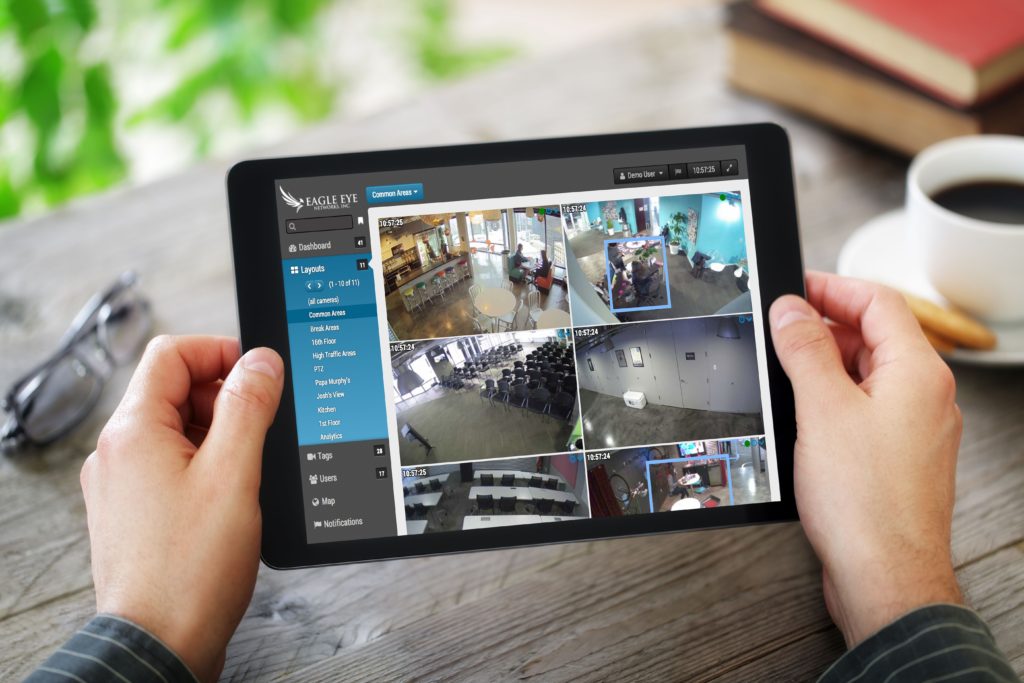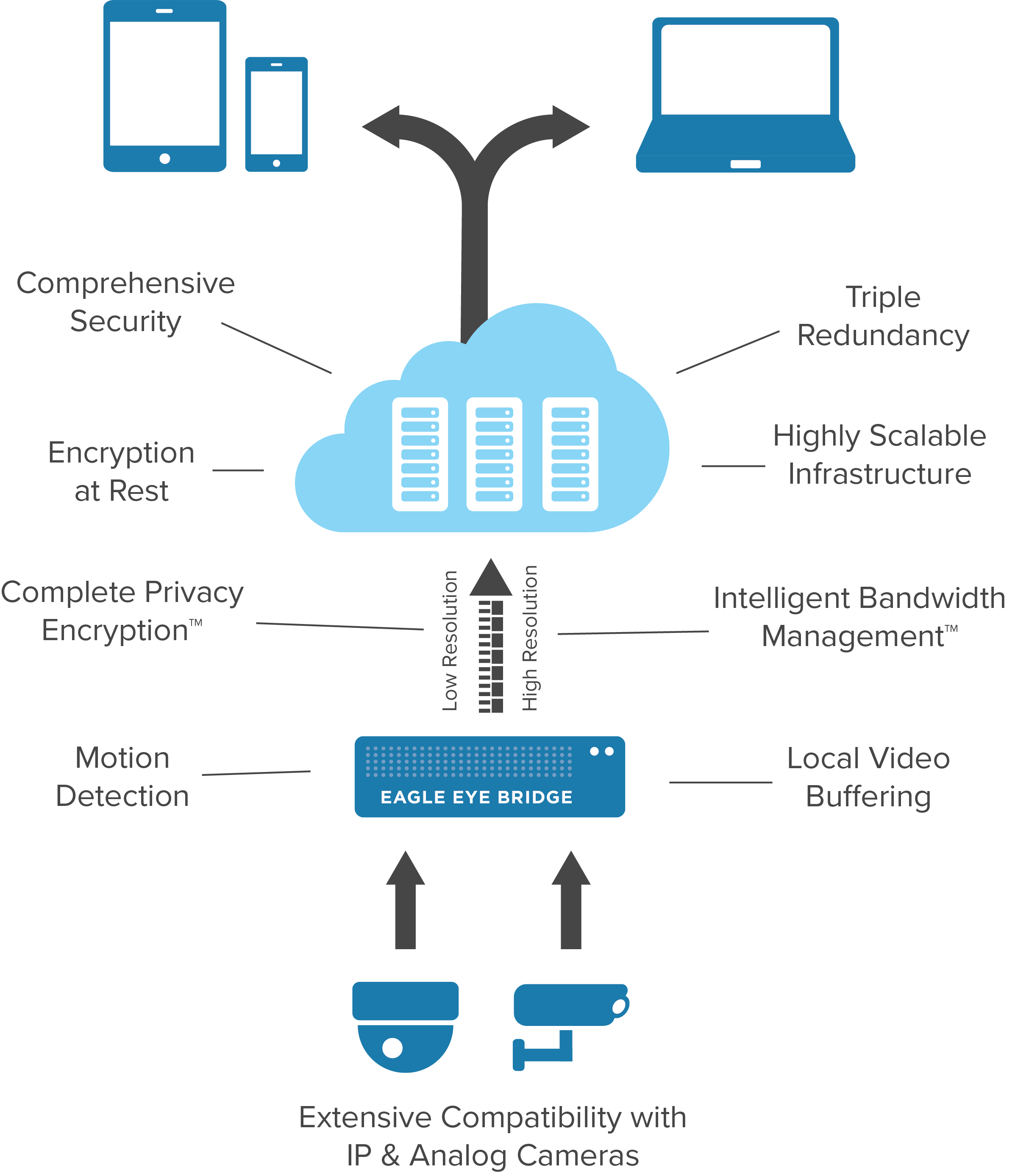Video System
A Video System Can Protect You
Video systems are commonly associated with deterring and assisting in capturing burglars. While cameras are a great tool for deterrence, a well designed video system can meet more needs than surveilling property and assets. A comprehensive design takes in consideration of all aspects of a business or lifestyle and implements the correct technologies for the purpose.
Cameras serve many purposes such as:
- Monitor high traffic areas in retail establishments for strategic product placement
- Remotely monitor employees during overnight shifts for added safety
- Capture register transactions
- Monitor neighborhood entrances and HOA facilities
- Provide plant operators live streams of processes, tank levels, and gauges
- Combat against false trip & slip claims
- Automate an event based on video analytics
How video systems can help!
Video systems are at the core of many security implementations because they offer an array of features that can accomplish many tasks simultaneously when professionally designed. The ancient idea of watching video monitors all day, like a guard, to hopefully catch something is no longer a necessity. Technology built-in to the cameras can analyze the streams and report rule violations via text, emails, alarms, or virtually any imaginable method. Cameras no longer exist to watch for people but to serve specific tasks such as: monitoring gauges or hazardous areas, integrate with point-of-sale, check temperatures, and perform analytics against a set of rules.
Video systems are generally classified into two categories – on premise and cloud. On premise systems differ from cloud-based system as they record and store video streams local to the site whereas cloud systems store the data in the cloud to prevent any possibility of lost video. Under many circumstances an on-premise system will suite most needs. However, a cloud-based system offers more benefits than what can be found with an on-premise system. Cloud recording can easily be added to a new or existing on-premise system to create a hybrid solution.
Cloud Based Systems
Cloud based video systems are more prevalent in modern deployments due to the reduced cost and ease of setup. Cloud video systems offer many benefits that ultimately reduce the total cost of ownership that are frequently overlooked when preparing a budget. Cloud storage is redundant to multiple servers across multiple geographic locations which ensures high reliability to your data. In addition to the redundancy the storage space can be scaled much cheaper and larger than an on-premise system.
Benefits:
- Remote service and management to reduce ownership costs
- Accessible anywhere an internet connection exists
- Easily share video streams with local law enforcement during hostile events
- Pay for only for the storage being used
- Free Lifetime Upgrades
- Lower Capital Expense
Premise Based Systems
On premise systems work best for deployments that require large quantities of cameras. The high amount of bandwidth is the largest bottleneck for a cloud application. In these scenarios specific camera streams can be recorded to the cloud while the remaining cameras record locally as to benefit from the redundancy.
Benefits:
- Local management by IT Department
- Can operate on Windows or Linux
- One-time purchase rather than operating expense
- Use existing server hardware
Budget and Design Considerations
- What is the purpose of the video system
- Who will monitor and respond to the alarms
- Who will be assigned to manage and upgrade the system
- How much additional storage will be required for future expansion
- Will the investment be best served from an operating expense or capital expense
- How will the system affect the existing network infrastructure
- What features can and can’t be compromised
- When must the system be installed
- How frequently will the cameras be upgraded
- Be realistic


